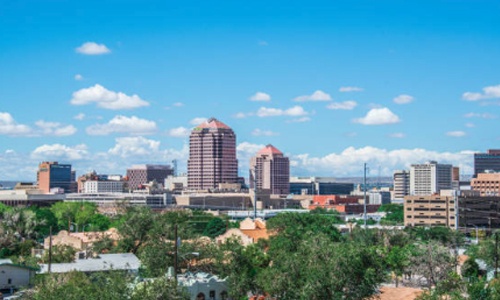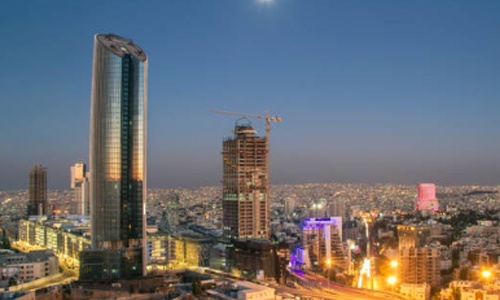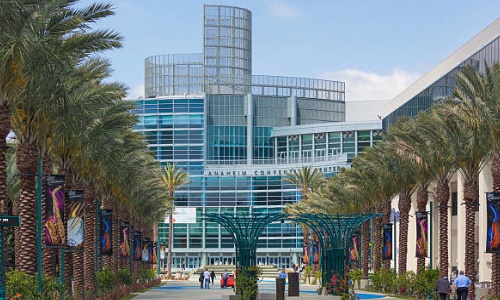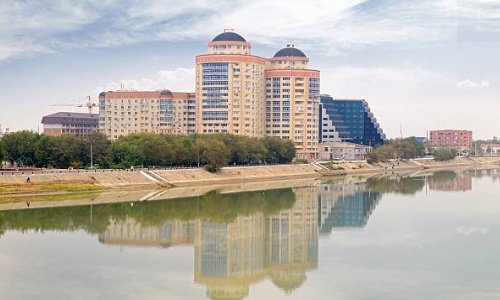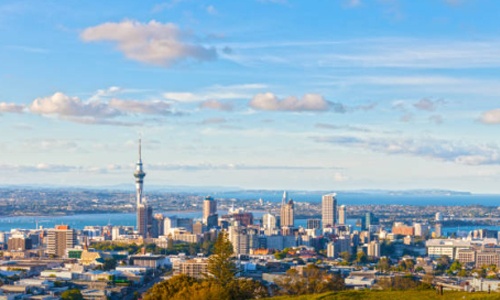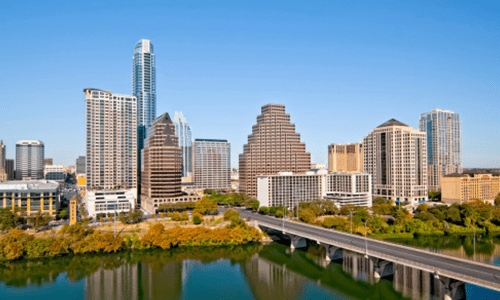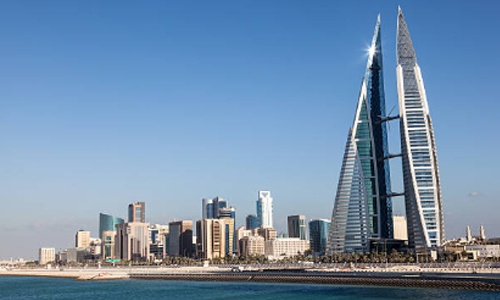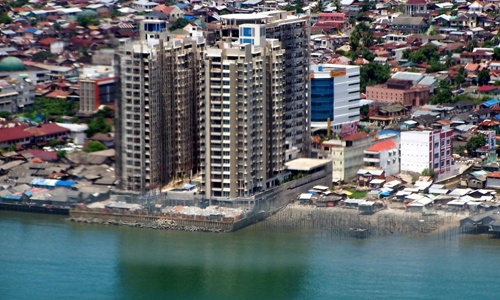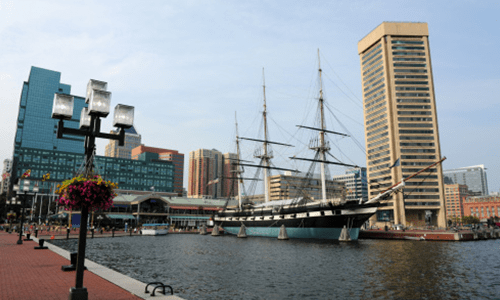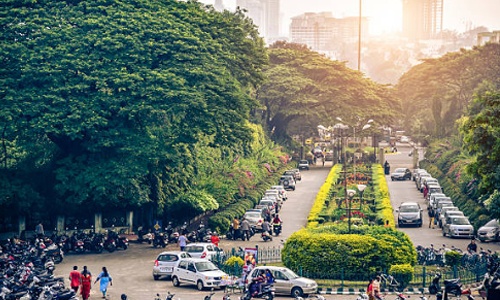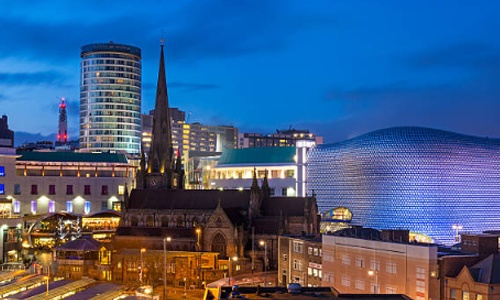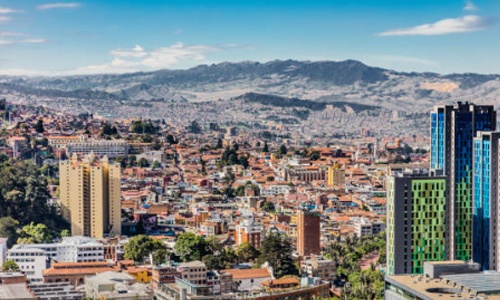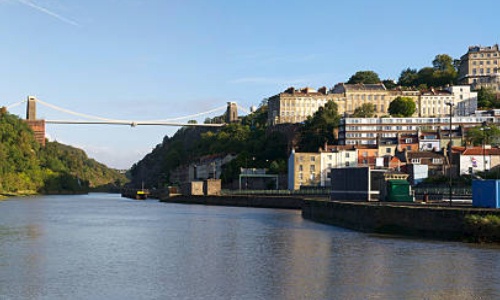
Abu Dhabi, UAE
The UAE’s large hydrocarbon wealth gives it one of the highest GDP per capita in the world and Abu Dhabi owns the majority of these resources, 95% of the oil and 6% of gas. Abu Dhabi thus holds 9% of the world’s proven oil reserves (98.2bn barrels) and almost 5% of the world’s natural gas (5.8 trillion cu metres). Oil production in the UAE is in the region of 2.3m barrels per day (bpd), and projects are in progress to boost production to 3m bpd. In recent years the focus has turned to gas as increasing domestic consumption for power, desalination and re-injection of gas into oil fields increases demand. Recently the government has been diversifying their economic plans. Served by high oil prices, the country’s non-oil and gas GDP has outstripped that attributable to the energy sector. Remarkably, non-oil and gas GDP now constitutes 64% of the UAE’s total GDP. This trend is reflected in Abu Dhabi with substantial new investment in industry, real estate, tourism and retail.






